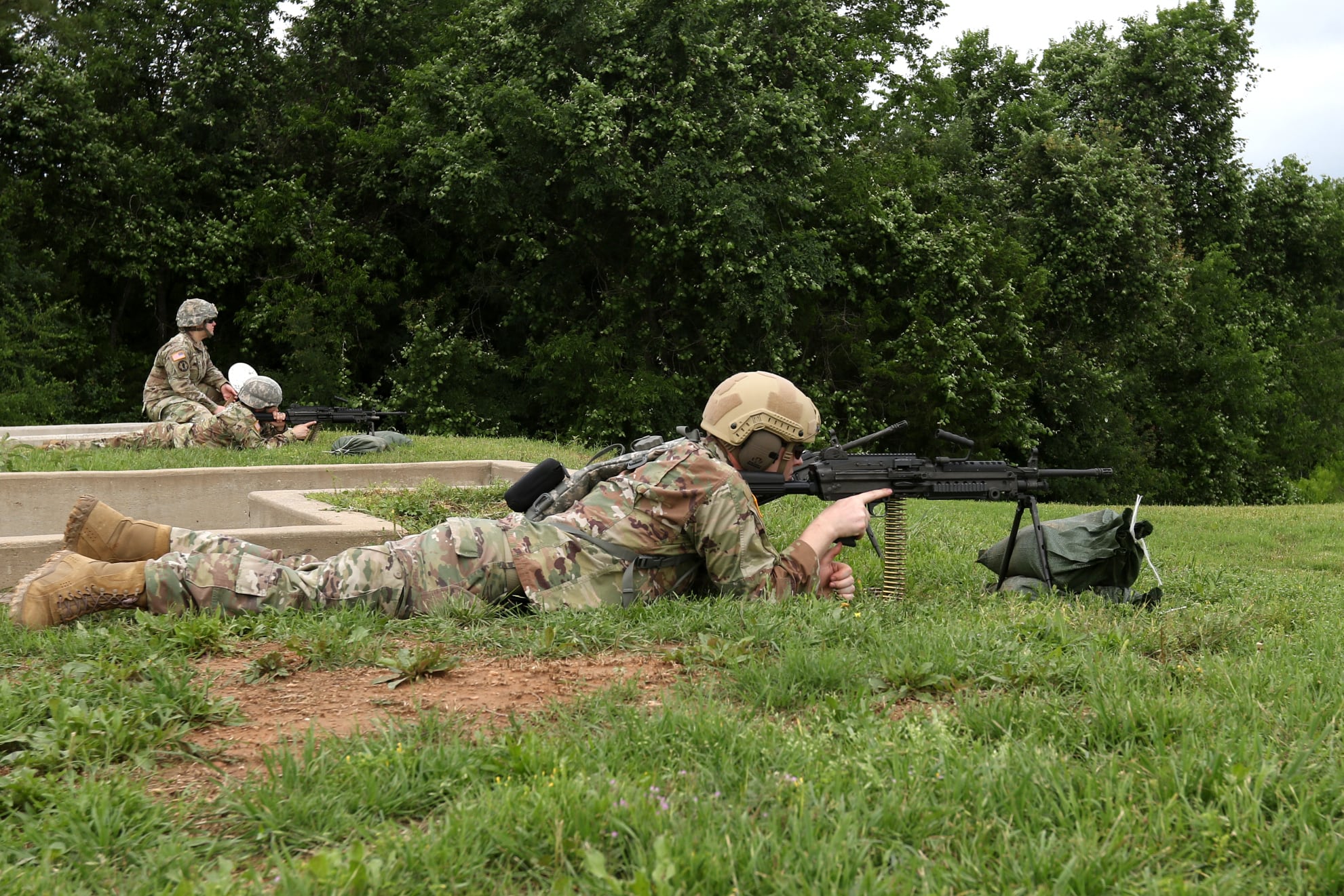Shooters from Army cooks to snipers will see sweeping changes to their marksmanship training, whether they’re toting the newest handgun, carbine, rifle, sniper rifle or machine gun.
With the recent release of the 800-page, one-stop-shop training manual, “TC 3-20.40, Training and Qualification-Individual Weapons,” marksmanship experts are overhauling a shooting training system that dates to the service of many young soldiers’ grandfathers, as it was developed in 1956.
The “combat-oriented” changes, according to a recent Army release, are aimed to improve marksmanship for both combat and non-combat arms soldiers across the ranks.
RELATED
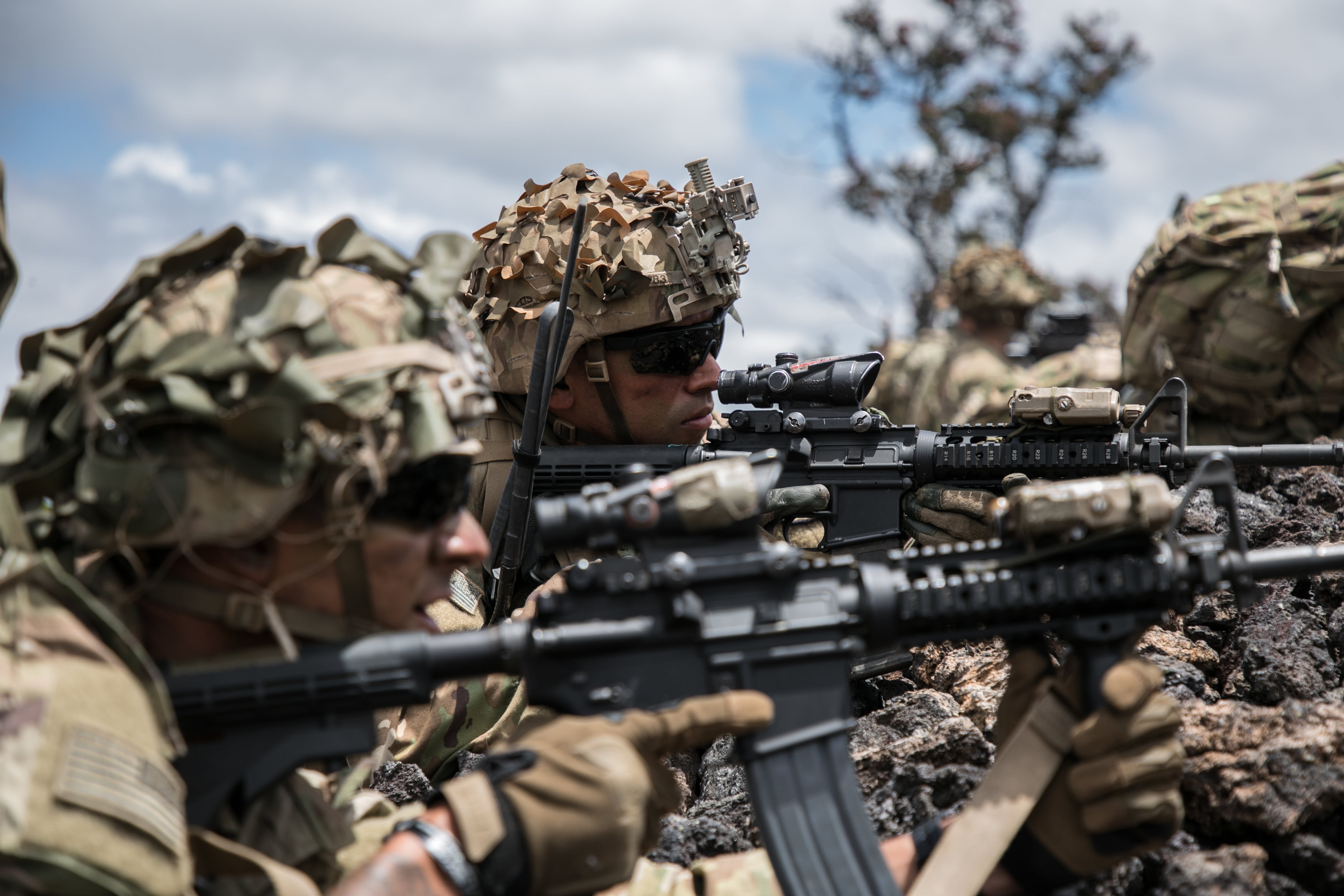
Soldiers have a year from October to learn and practice these new drills for a new qualification, which will begin in October 2020.
There are two big changes — qualifying at night and under simulated chemical attack. And while shooters have long used barricades and shot from standing positions, now they’ll be graded on those portions as well to qualify.
That will include loading and reloading weapons as they would in combat.
“You will work your transitions, from a standing against the barrier, you’ll work the kneeling to the prone, the prone to the kneeling,” Command Sgt. Maj. Robert K. Fortenberry, head of the Infantry School’s marksmanship revamp project, said in the release.
Along the way, coaches will assess the soldier on their transitions, such as pulling from their kit and using magazines.
“Before, commanders, leaders, didn’t have to necessarily focus on that," said Fortenberry. "It now forces everybody to practice on it.”
“It’s exactly what we would do in a combat environment, and I think it’s just going to build a much better shooter,” he said.
Over a two-year period, 200 marksmanship experts contributed to the project, led by the Maneuver Center of Excellence’s Directorate of Training and Doctrine.
“We’re calling it ‘new’ but it’s truly not new,” said Fortenberry. “It’s a revamp definitely, an overhaul, of what we were already all doing.”
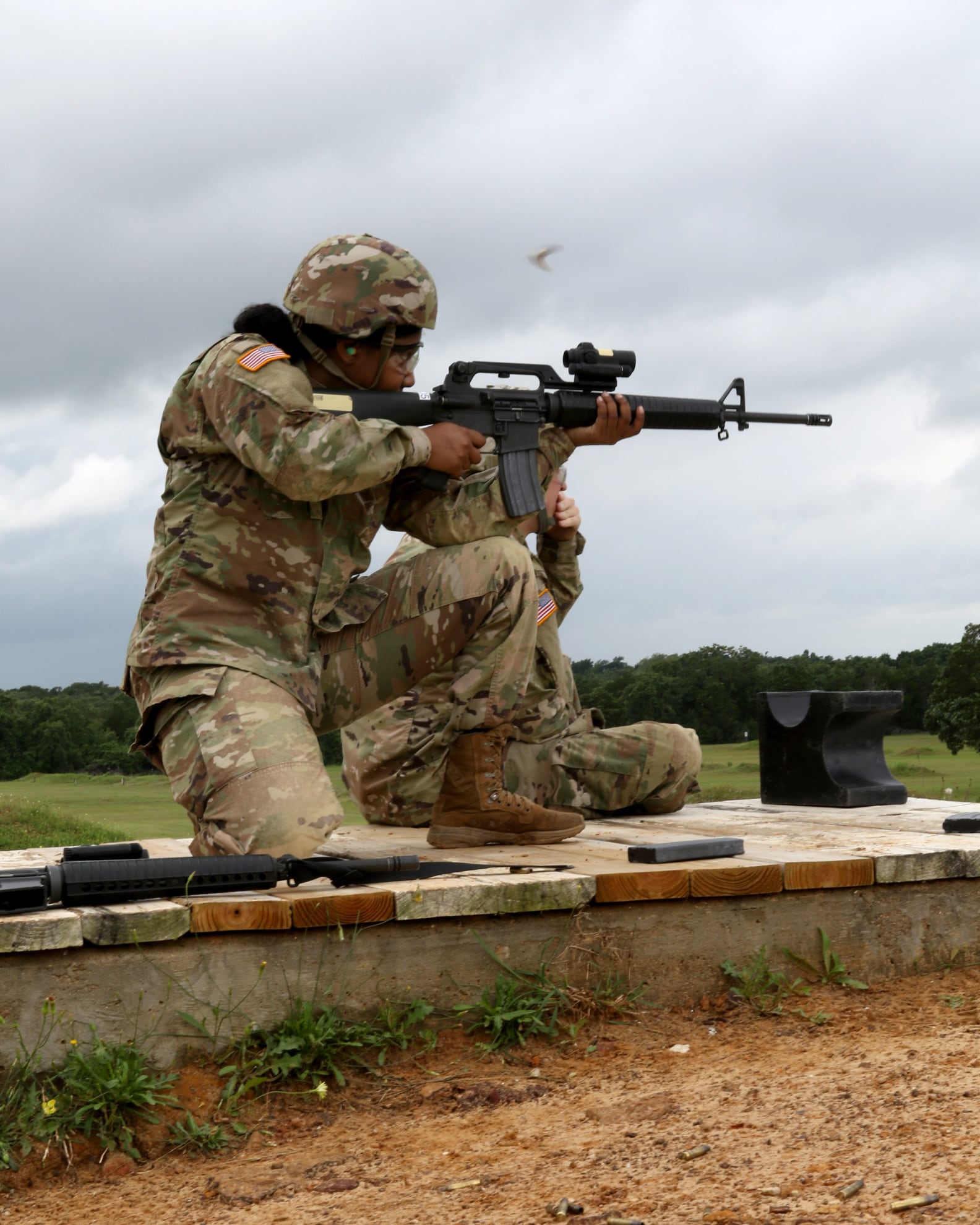
The command sergeant major noted that the new approach is not just for a qualification on the wall. “They are proficient. They’re capable,” he said.
The changes are to modernize and improve, not totally replace past practices.
“It’s not to say that what we were doing in the past was wrong,” Fortenberry said. “We killed a lot of bad guys in Iraq and Afghanistan and all over the world with our current level of marksmanship training. So it's not that the old way of firing didn't teach you how to shoot.”
But lessons learned from those campaigns have added to what Army leaders want their soldiers to know.
“There was an opportunity to create a fundamental change in regards to marksmanship that more closely aligns with what was done and learned over the past 19 years of combat, making it to where it fits the entire Army as a collective, and makes a more proficient marksman,” he said.
This is all coming as the Army fielded its first new service-wide sidearm in 2017, the Modular Handgun System, continues upgrades to its light and medium machine guns and develops the Next Generation Squad Weapon program that is expected to deliver an advanced carbine and light machine gun to replace the Squad Automatic Weapon.
That NGSW program seeks a futuristic fire control that incorporates day/night vision, range finding, ballistics computers and augmented reality compatibility.
It also will replace the central caliber that has been in service for a century, the .30 caliber family, with a 6.8mm caliber cartridge. And that cartridge could see major changes to polymer or cased-telescoped or other variants, replacing the ubiquitous brass casings.
Training goes out to soldiers
Infantry School marksmanship team members are traveling across the Army to better explain the changes to training and qualification with senior leaders of divisions, brigades and soldiers in what are known as Leadership Professional Development sessions, according to the release.
For instance, hitting the target, while crucial, is only one part of the skill set. Shooters must also be well-trained on other tasks they face while using their weapon in combat.
Better thinker, better shooter could summarize some of the shifts that soldiers will see.
The new manual lays out drills and tests to check if soldiers can rapidly load and reload as they would need to while under fire.
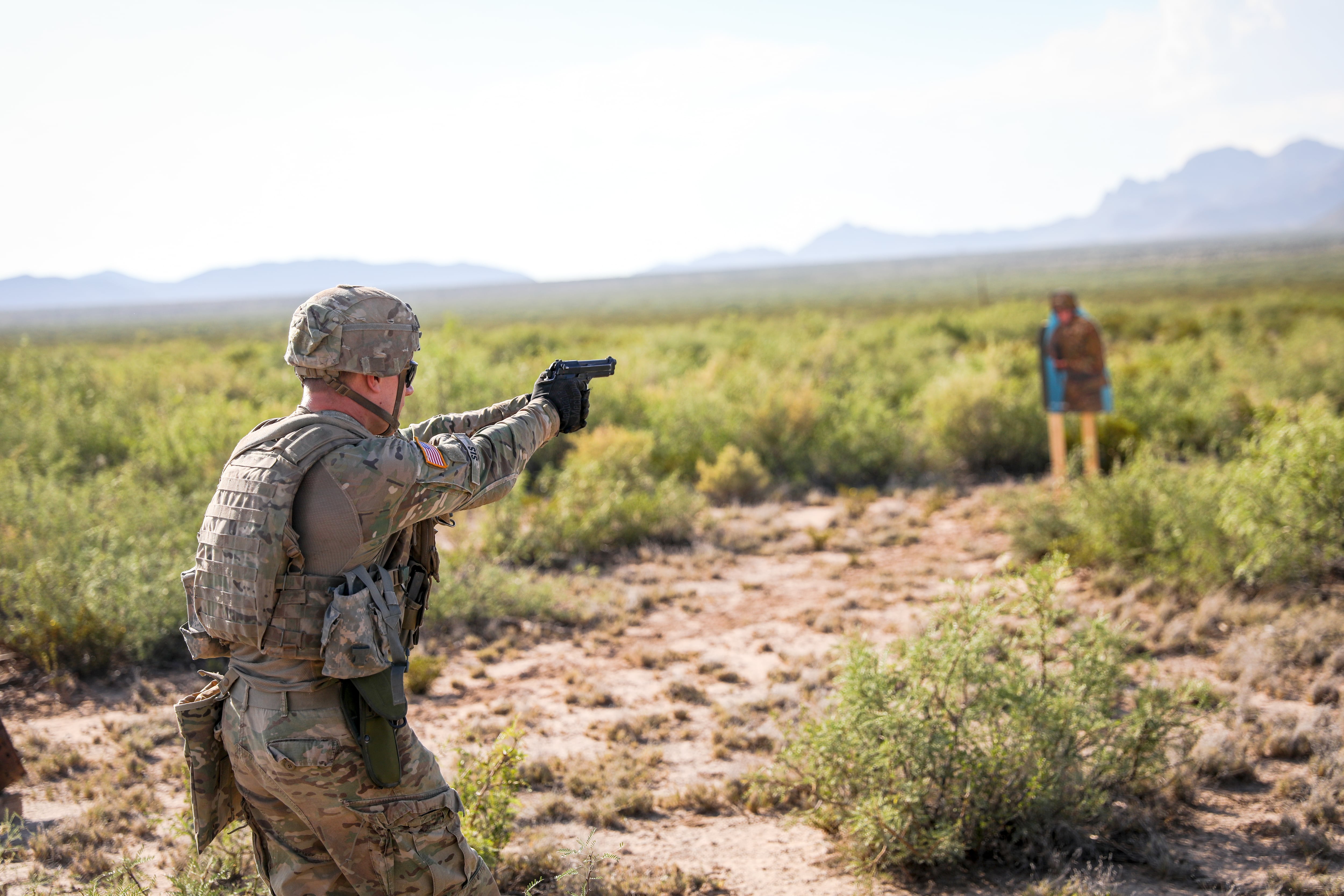
They’ll need to show the ability to work the bolt of their weapon, switch firing positions quickly — standing, kneeling, lying prone, firing from behind a barrier, all while using critical thinking to make battlefield snap judgments on which targets to shoot at and in what order.
Oh, and still hit the target after all of that.
Those combined sets make for a proficient shooter.
“You’re employing your weapon system in a more tactical environment or scenario, versus the more traditional way of doing it,” said Fortenberry. “And by doing so, it creates additional rigor, using all of the elements of critical thinking, sound judgment, adapting to change, all of those non-tangible attributes."
Which, he said, makes for a “clear progression” that makes shooters a lot more capable with their weapon and the “nuances” of marksmanship.
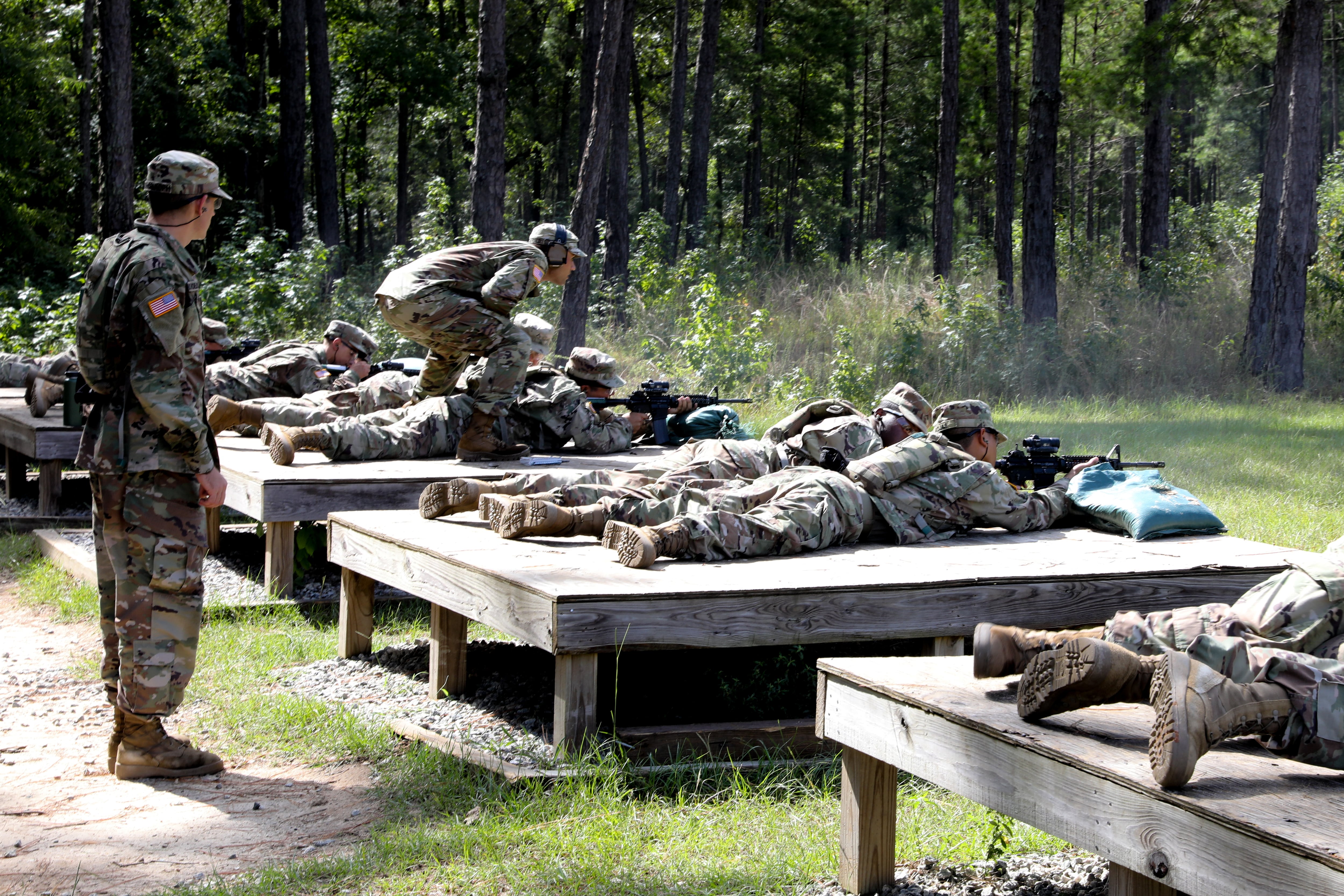
Previous testing had soldiers lay out magazines stacked in front of them. The test focused on aim but not the rest of the movements that led to the shot.
During the “course of fire” testing, soldiers will have to fire at multiple targets, pulling magazines from combat gear.
"Four targets at a time will present themselves in this new course of fire,” said Fortenberry. “There is a quad series that comes up. How do I engage that? No longer is it stacks of 20 magazines here, stacks of 20 over here. Now you have tens.”
No more pre-staged magazines.
Oh, and the soldier is moving as they go.
“You now have to shoot from a barrier, from a concealed position. You transition from the prone to the kneeling and the kneeling to the prone,” Fortenberry said. “The clock doesn’t stop. So, you have to know — Boom! Got that exposure. Okay. I should be transitioning to the kneeling position now. Transition. There it is! — Boom! And then you’re engaging as you go.”
No more alibis
Before, soldiers could call for a kind of time out for a malfunctioning weapon — no more.
“Alibis are gone," said Fortenberry. “ ’Hey, Sarge! Got an alibi on lane three! Weapons malfunction!' There’s no alibis anymore. You have to fix the malfunction,” just as a soldier would have to in combat, he said.
Leaders can still authorize an alibi on a case-by-case basis.
Another add-on includes the mandated use of indoor, electronic ranges as soldiers prep for their qualification.
The simulator stations will be required shooting for every soldier as they move through the firing progression.
Before, it was available and up to the unit leaders to use. No more, now it’s mandatory, officials say.
The new manual also consolidates a lot of spread-out marksmanship training and doctrine, officials said.
The “Dot-40” puts that in one package.
“The Dot-40 was designed simply because we had multiple manuals and multiple best practices," said Fortenberry. "And we were just grabbing whatever was on the shelf. We had nothing that spoke to individual marksmanship other than a very broad series of best practices, manuals. It hadn't been evolved over time.”
The senior enlisted leader noted that the new manual provides a “common ground” for marksmanship and effectively employing the range of small arms.
“Every commander and leader out there wants a Soldier to be trained and proficient in warrior tasks and drills, marksmanship being one of those — be able to place effective fires on the enemy,” Fortenberry said. “So the intent has never changed. This just grabs all the tools and gives them a blueprint to achieve that end state.”
Todd South has written about crime, courts, government and the military for multiple publications since 2004 and was named a 2014 Pulitzer finalist for a co-written project on witness intimidation. Todd is a Marine veteran of the Iraq War.
